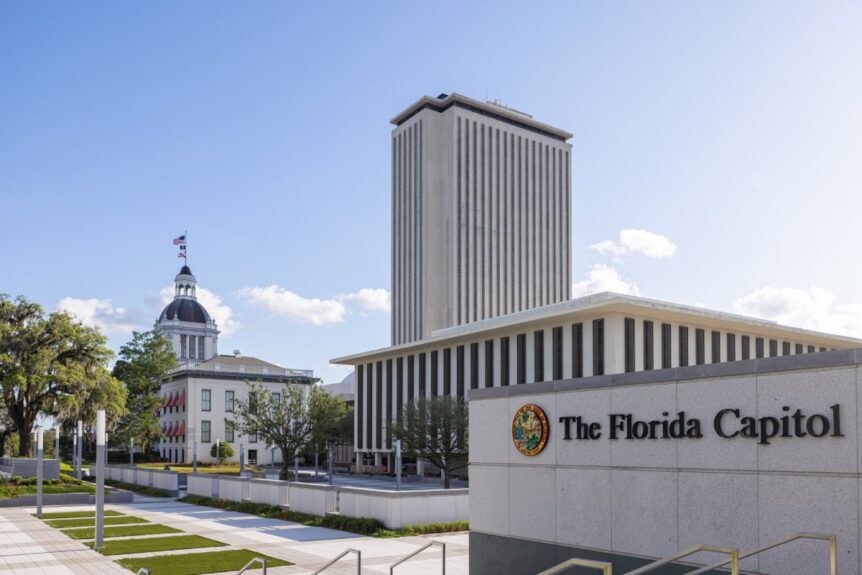Florida is making waves with a major environmental project underway. It’s massive and will benefit the environment and the people. Here’s what it’s all about.
Feed the Everglades
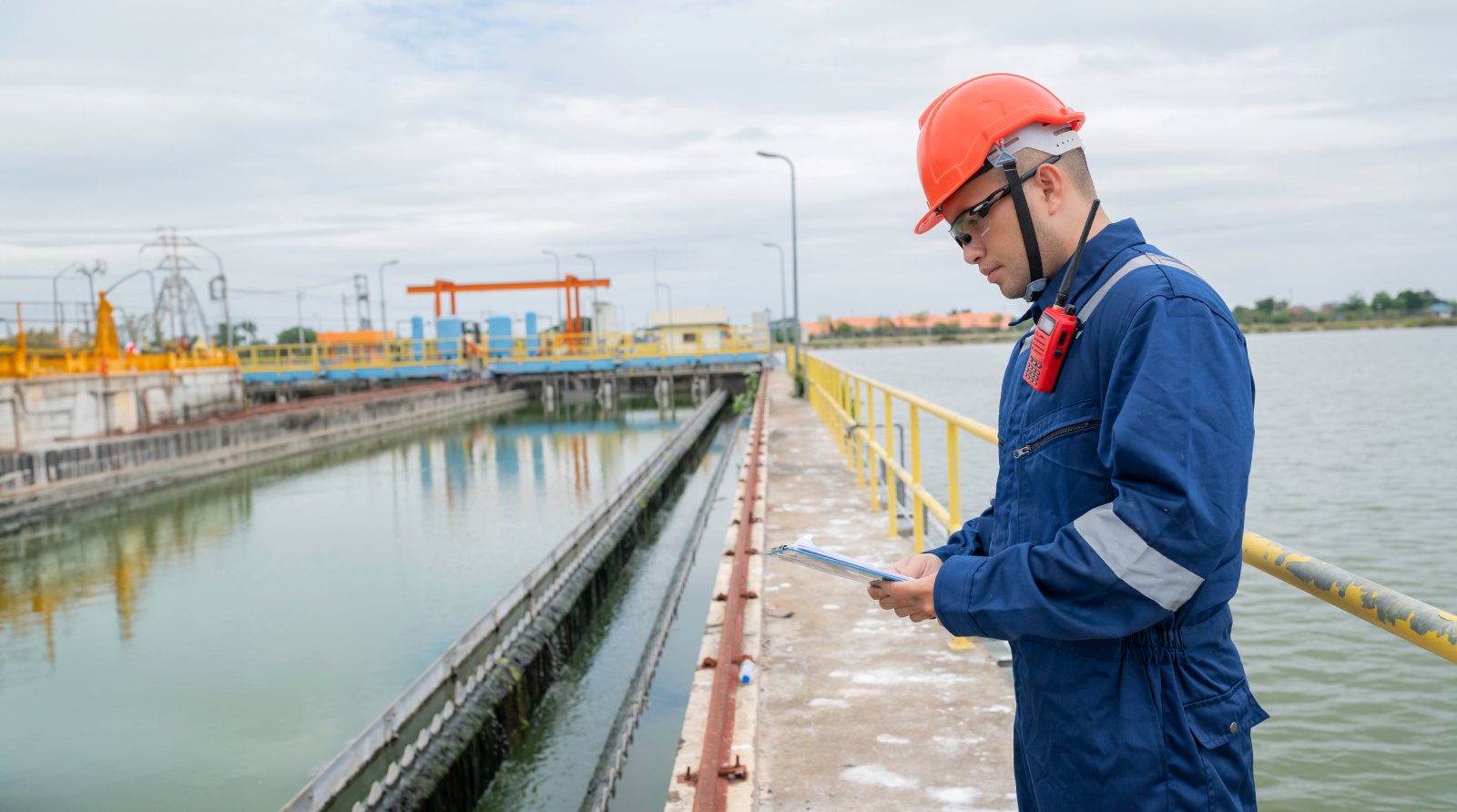
Image Credit: Shutterstock / kittirat roekburi
One of Florida’s most important objectives is storing and distributing clean water to the Everglades. But without wastage. The already available Lake Okeechobee freshwater lake is a major asset for all of Florida and for the project underway.
Valuable Feature of Florida
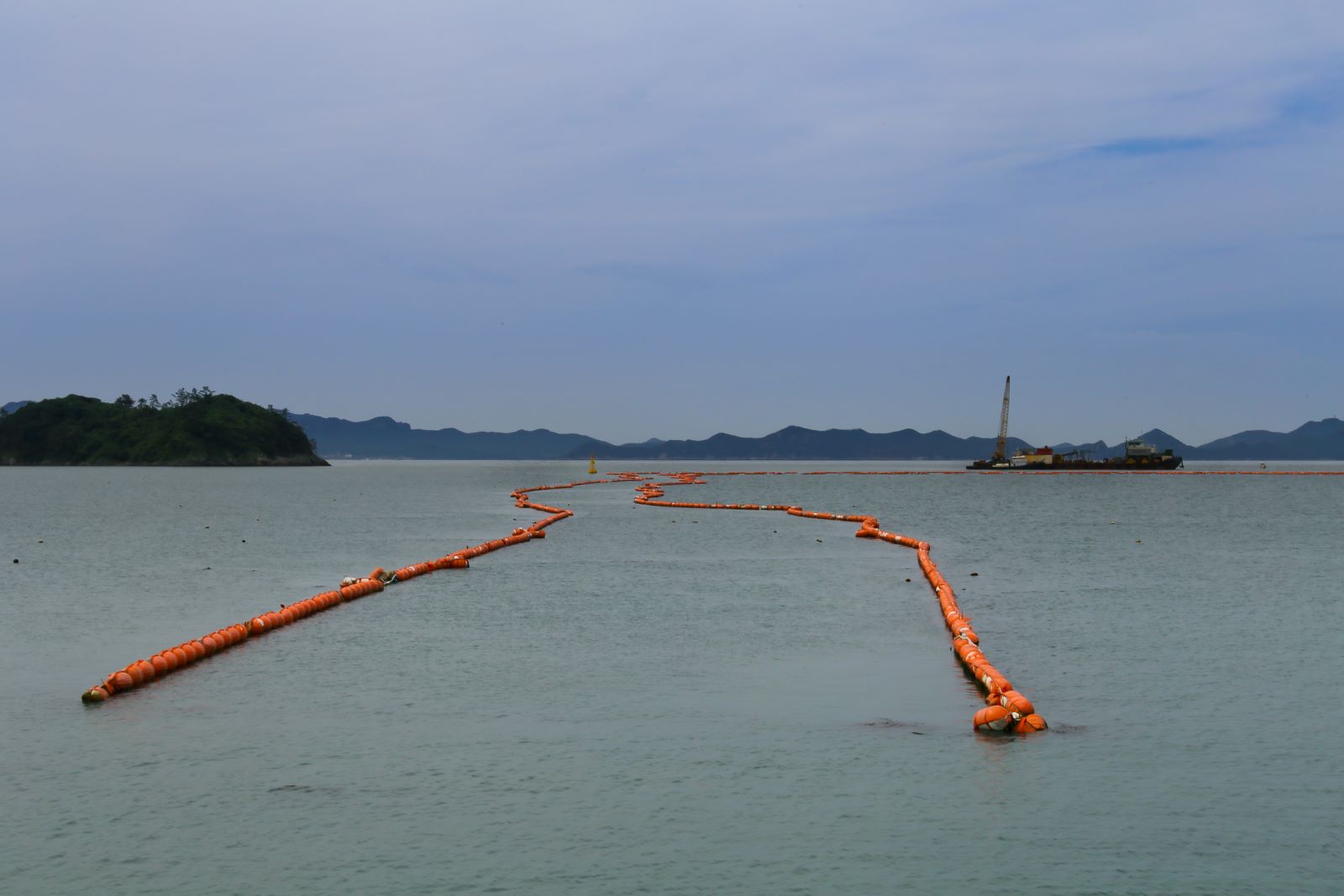
Image Credit: Shutterstock / Ahn Eun sil
The Everglades is one of The U.S.’s most valuable natural features. It is a wetland stretching over 1 million acres (2340 square miles).
Home To Many Critters
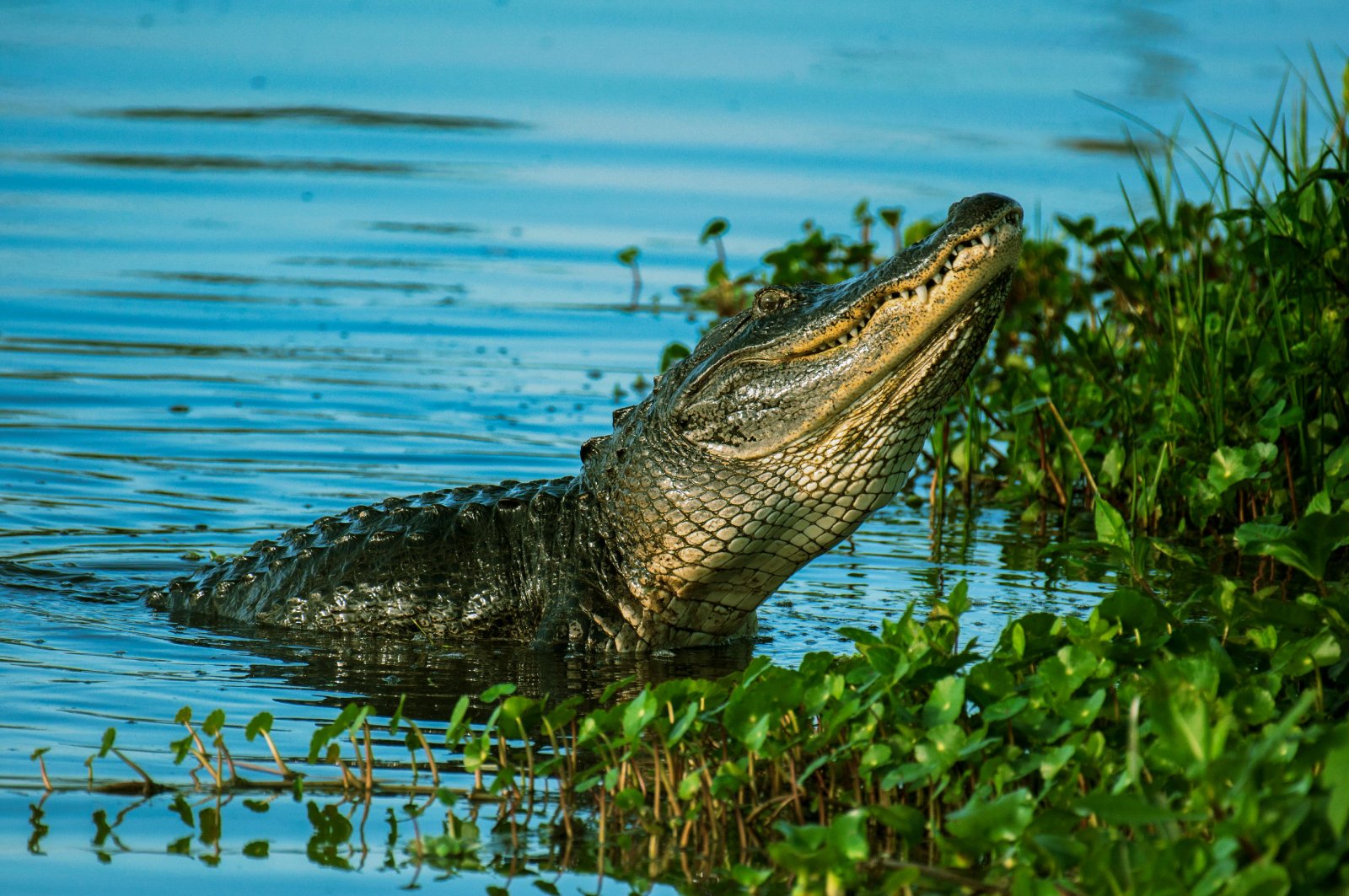
Image Credit: Pexel / Rene Ferrer
The Everglades is home to a variety of species, including over 300 birds, alligators, crocodiles, and 27 snake species.
Reptiles & More
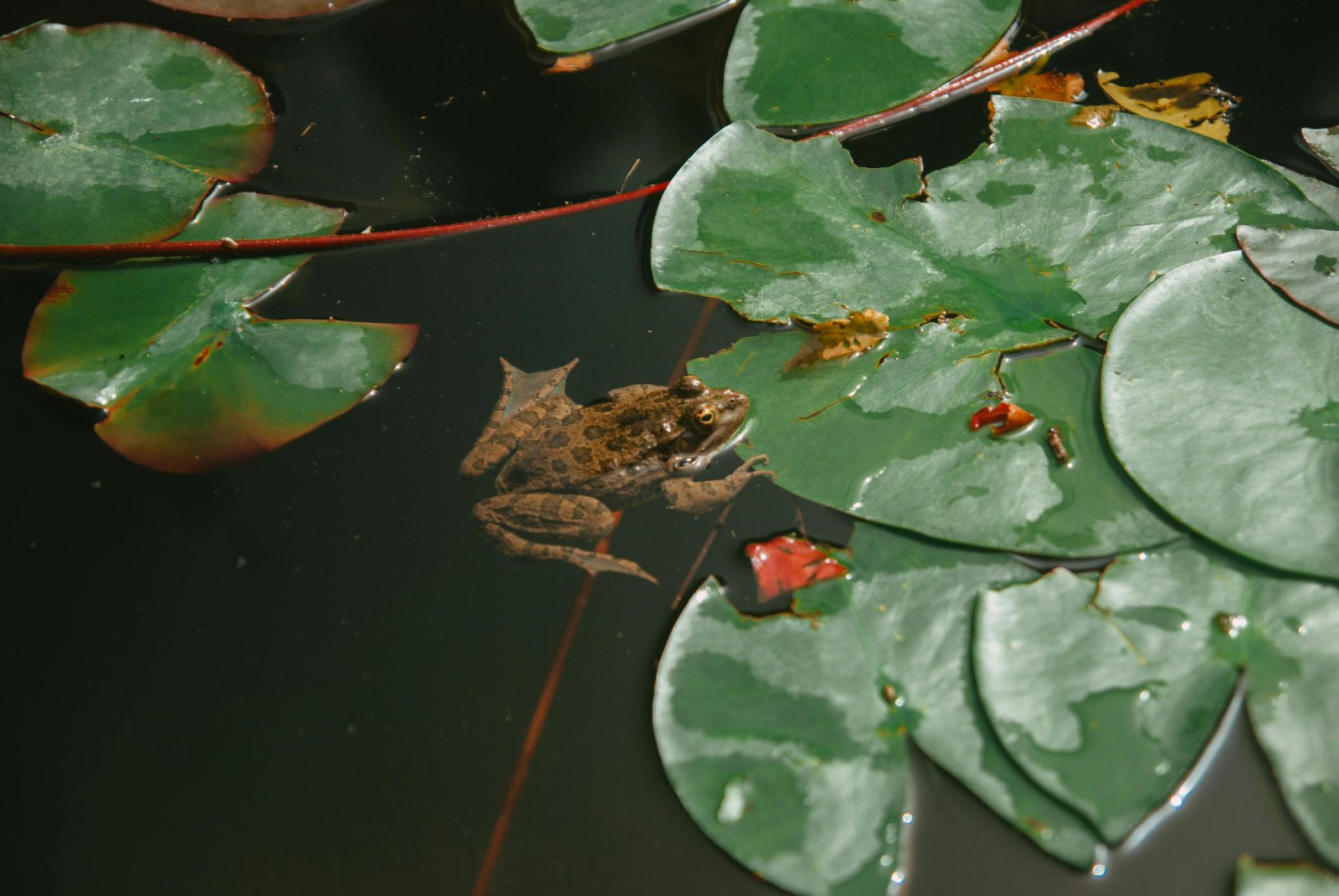
Image Credit: Pexel / RDagmara Dombrovska
There are also a variety of reptiles, amphibians, and multiple flora species all inhabiting this vast stretch of nourishing lands.
Why Okeechobee?

Image Credit: Shutterstock / Svetlana Foote
Okeechobee is one of the U.S.A.’s largest freshwater lakes, stretching over 730 square miles (467,200 acres). It’s known for being the eighth-largest lake in the country. When there’s an overspill from Okeechobee, it flows over to the ocean and doesn’t get used effectively. However, building the reservoir changes that.
Solution To Secure Okeechobee Water & Repurpose It
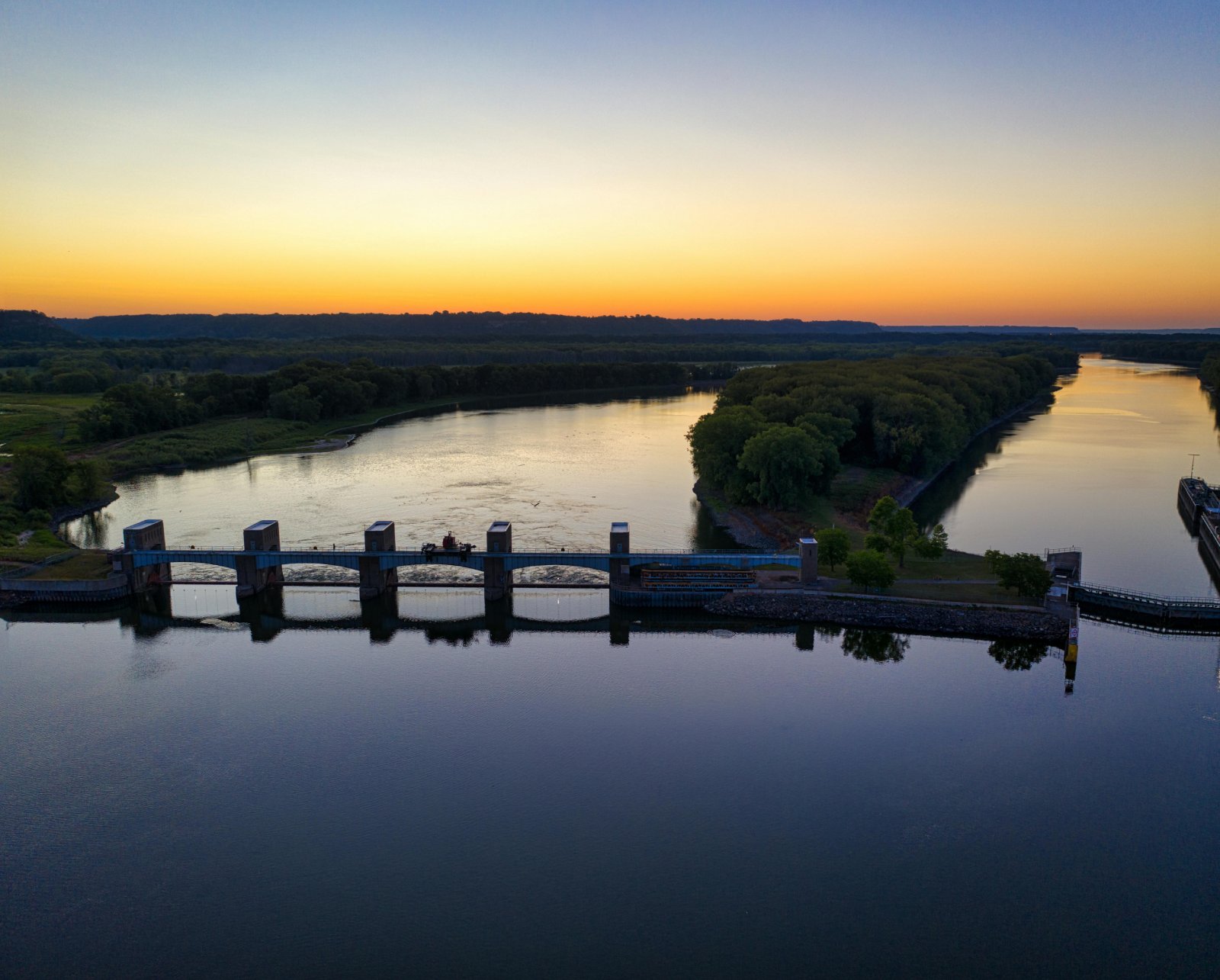
Image Credit: Pexel / Tom Fisk
Florida is constructing one of the country’s first freshwater reservoirs, spanning over 10,000 acres (15,265 square miles). The environmental restoration project is already underway. The water overflow from Okeechobee will flow into the reservoir and be filtered, purified, and distributed to the Everglades.
EAA for the Good of the Environment & the Locals
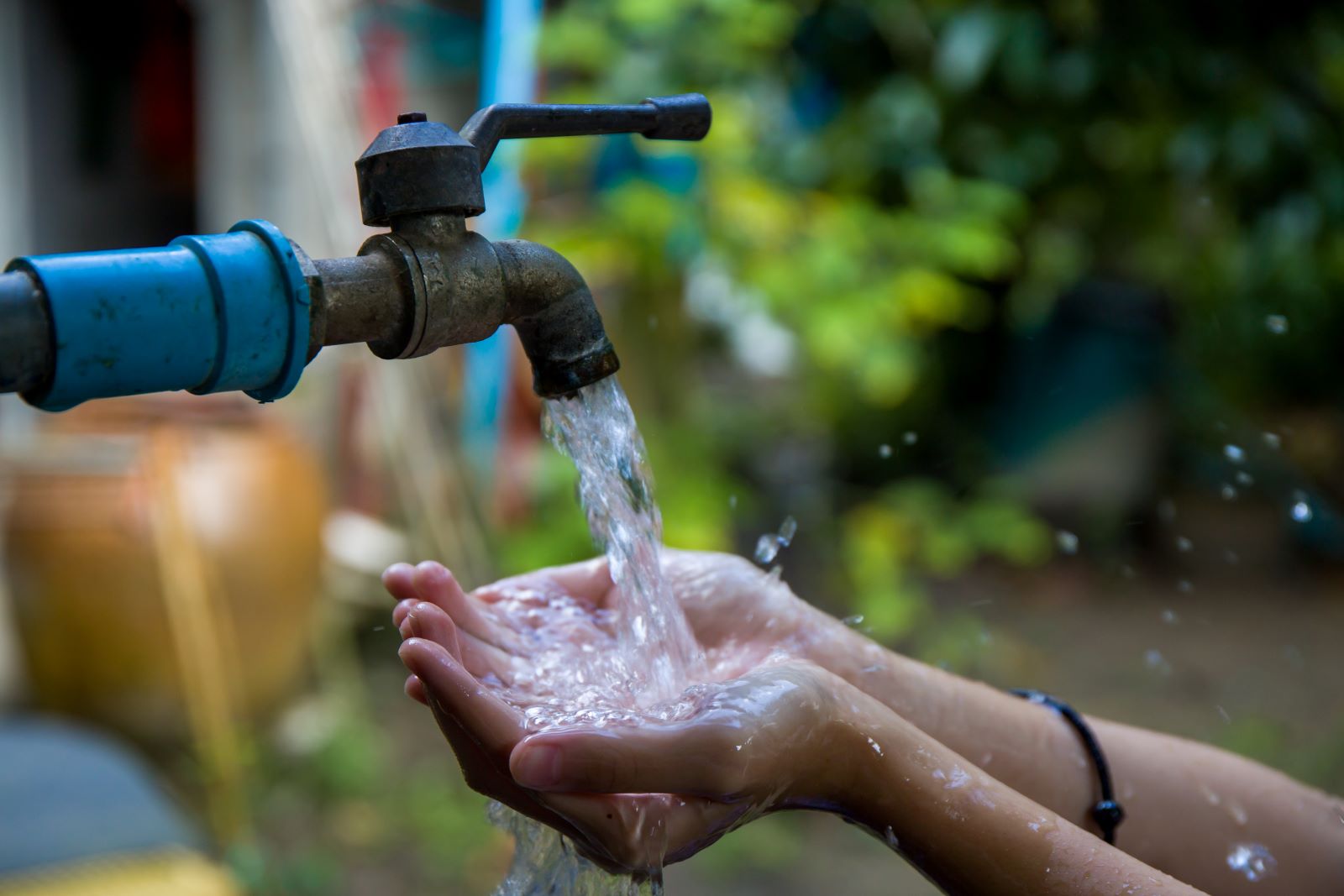
Image Credit: Shutterstock / SIRNARM USAVICH
The Everglades Agricultural Area (EAA) Reservoir will water the wetlands and be a freshwater source for local Floridians. According to reports, the project has already done well and continues to thrive.
Size of the Dam
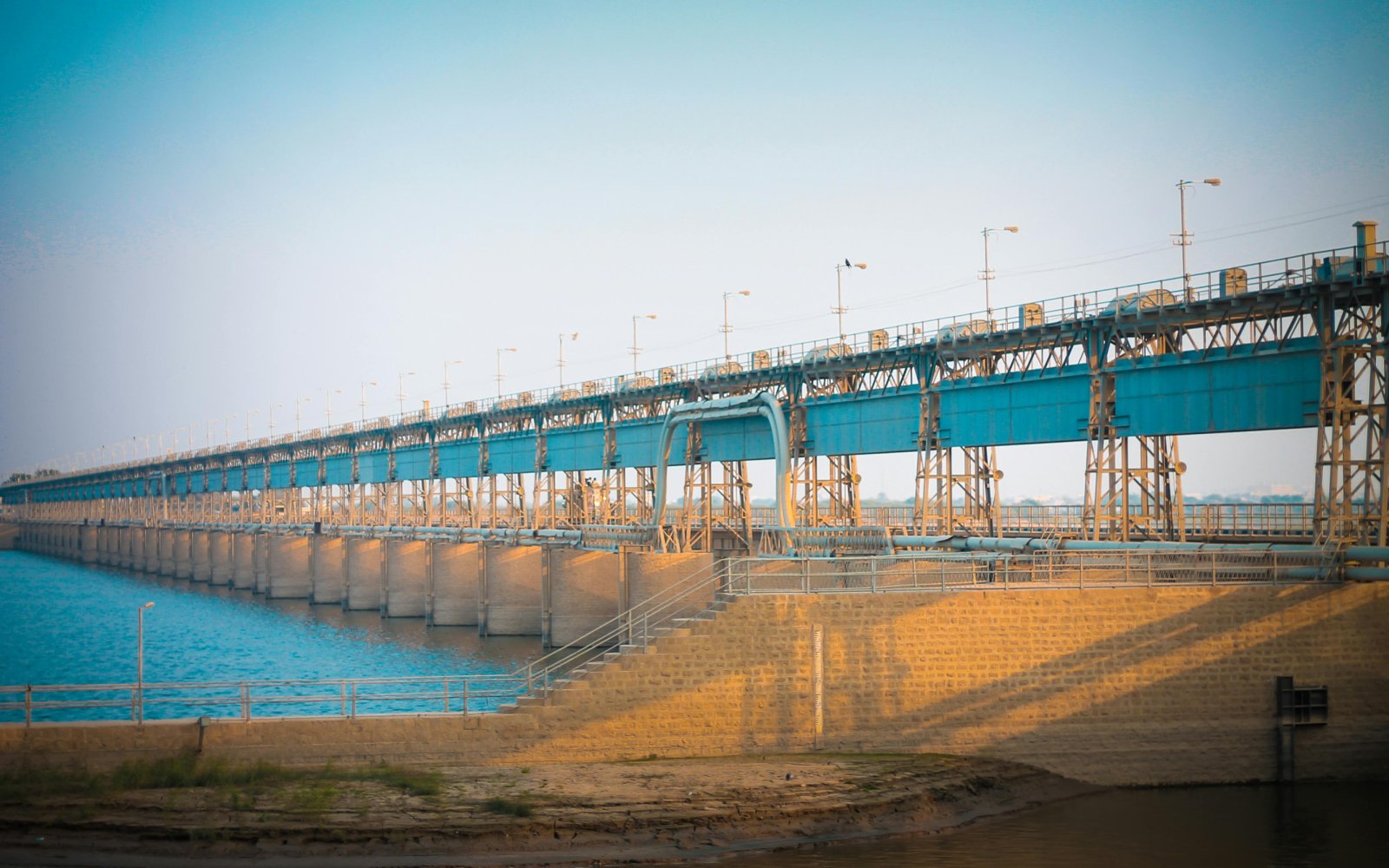
Image Credit: Pexel / Ali Madad Sakhirani
The dam’s massive size is said to be almost as large as Manhattan and Staten Island put together. Needless to say, the scale is necessary as it will feed the large Everglades wetland in Florida, plus the residents.
Funding is Crucial

Image Credit: Pexel / Karolina Kaboompics
According to the Everglades Foundation, Florida had spent over $280 million on the project. Since it’s a ”joint” endeavor, the State will also pay towards the project approximately $3 billion of “continued funding” to the dam’s structure.
Fresh Water Natural Source
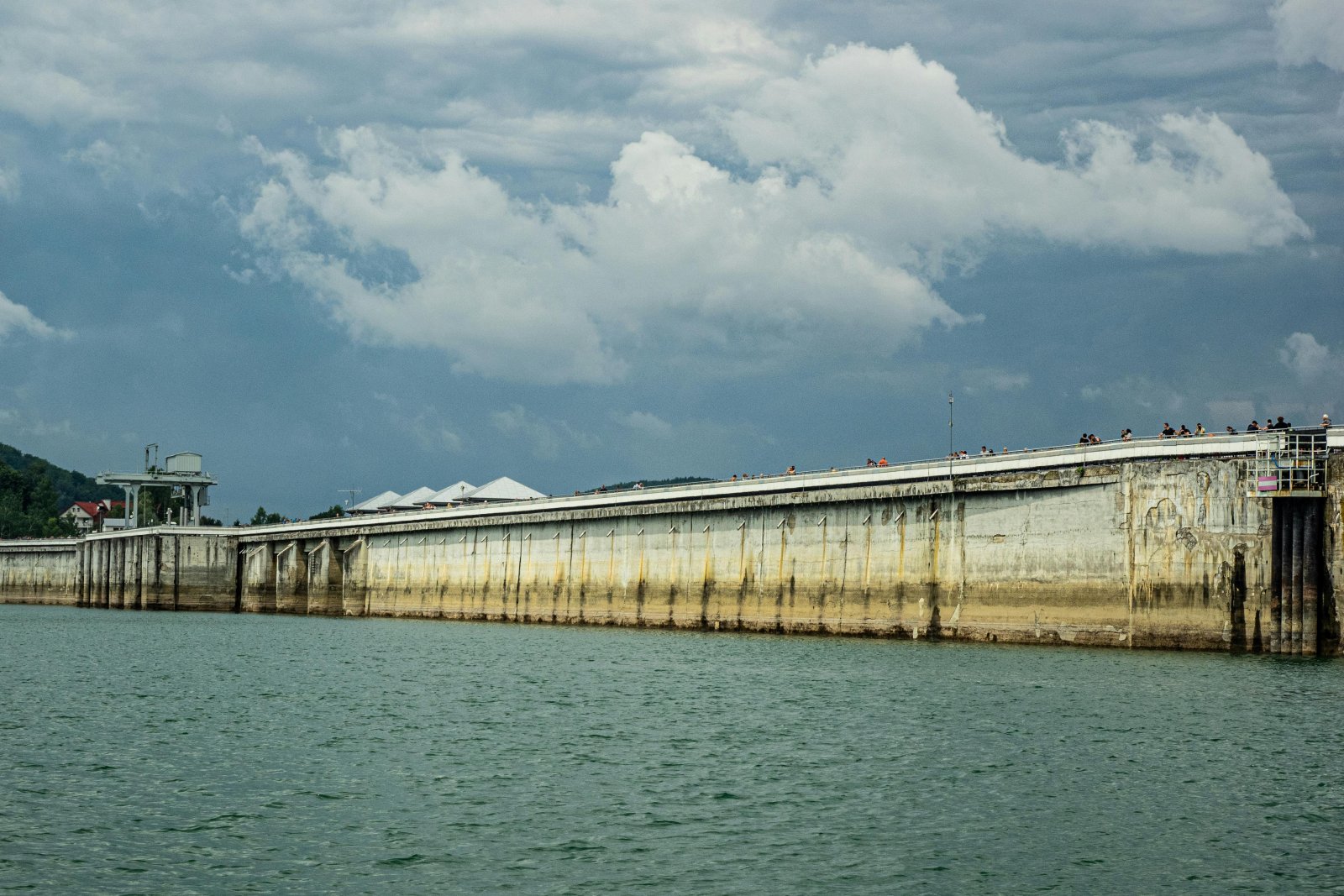
Image Credit: Pexel / Damian
The freshwater reservoir receives water from Lake Okeechobee on the east and west sides of the reservoir. If there weren’t a way of catching the water, it would simply flow as access to essentially wasting the water as it goes off into the respective oceans on either side.
Special Characteristics
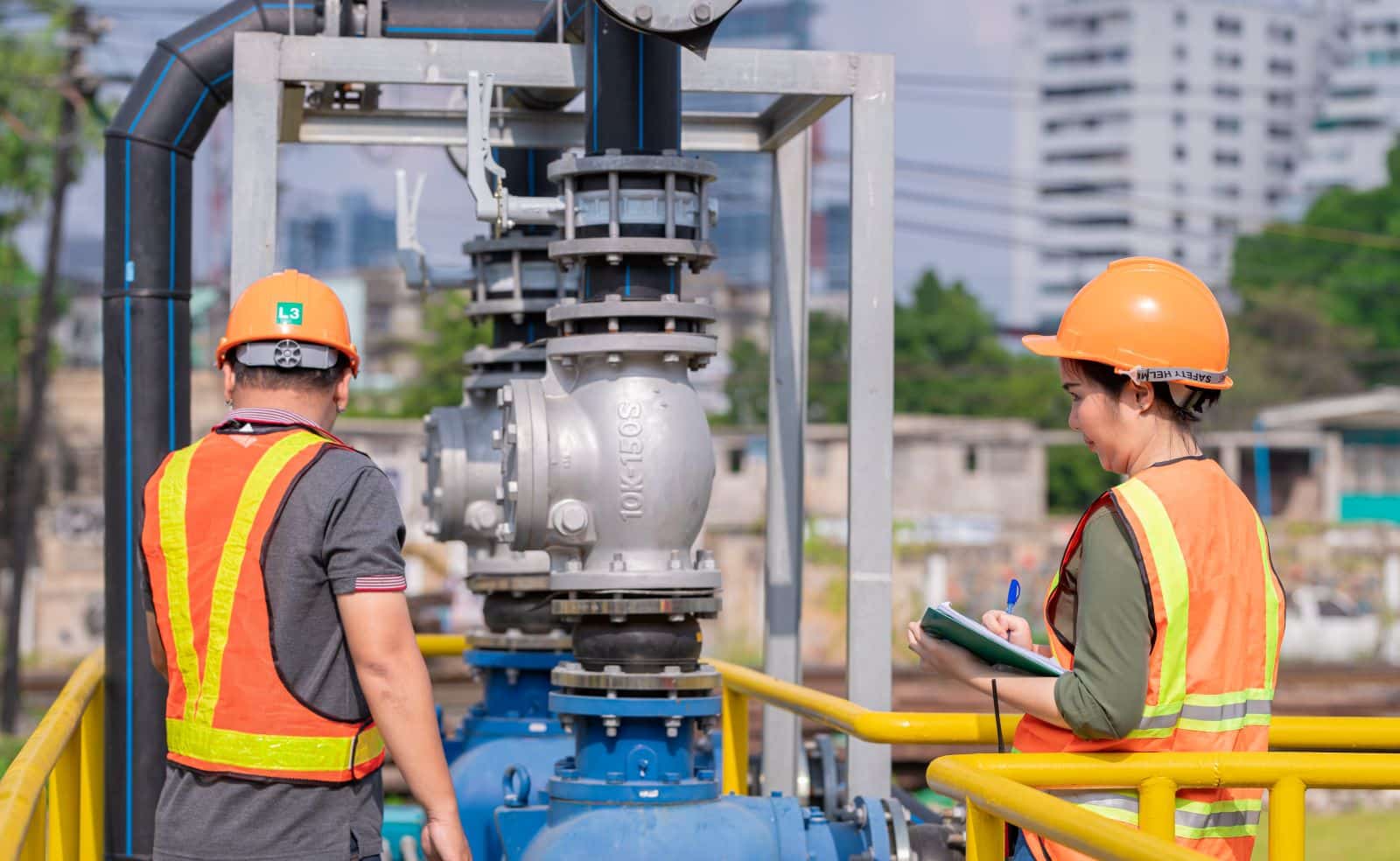
Image Credit: Shutterstock / APChanel
The EAA is known for its natural filtration system, which removes contaminants. It removes phosphorus through a natural process long before reaching further treatment and cleaning processes.
Clean Water Flowing Out
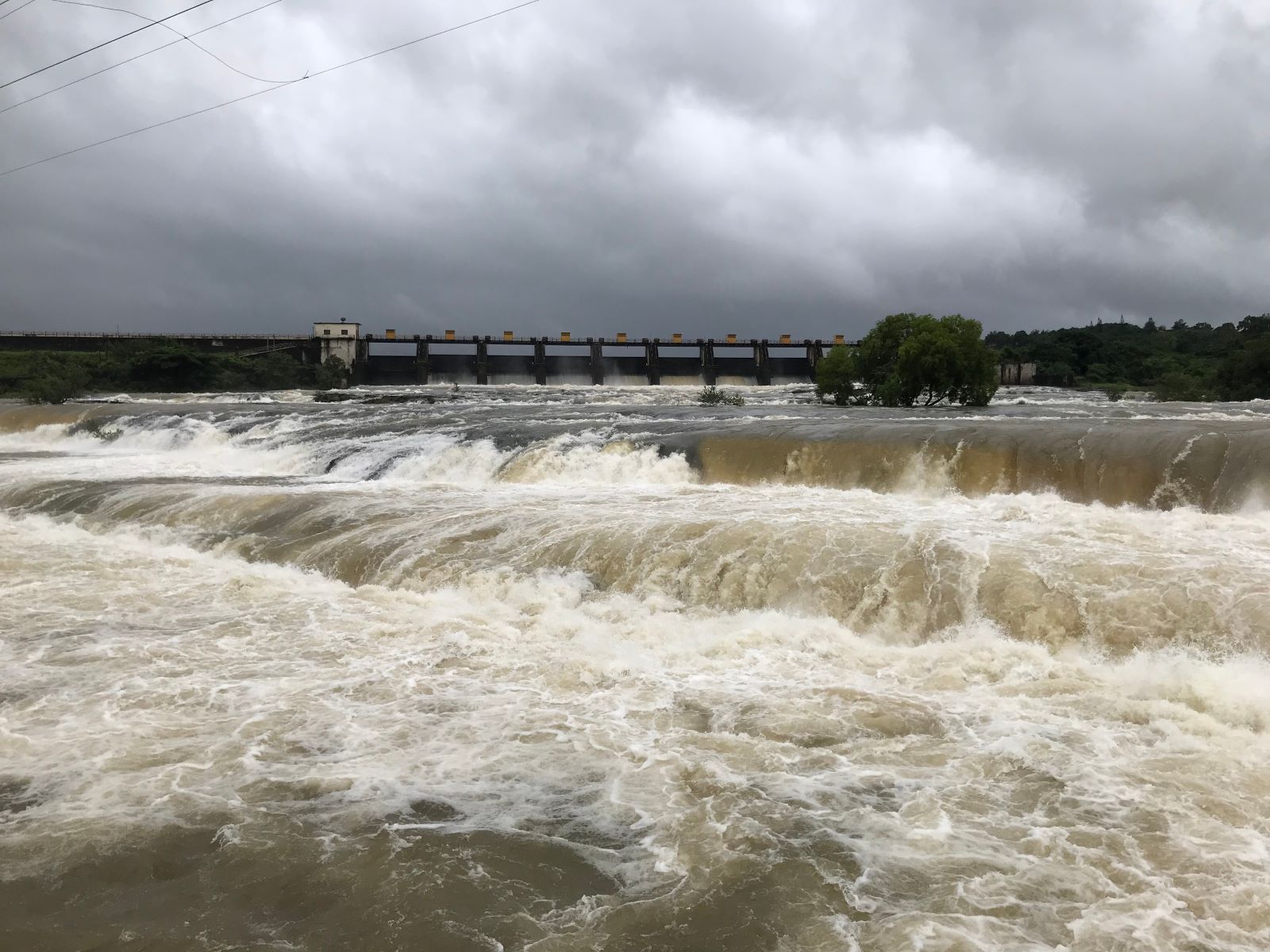
Image Credit: Shutterstock / Swapnil5
While the water needs filtration, this system ensures that it goes out clean and safe after it has been treated and filtered naturally.
Treatment for Stormwater
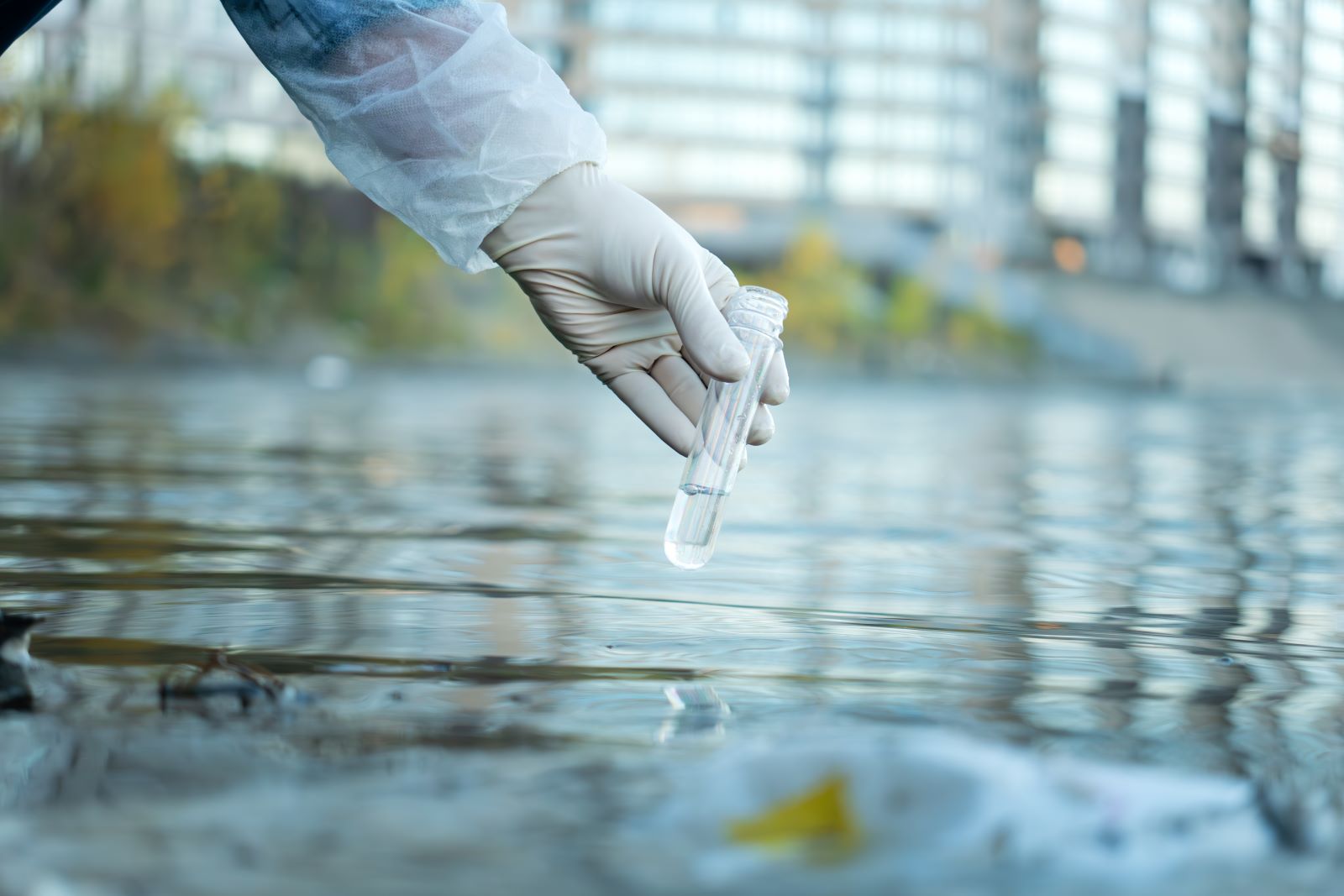
Image Credit: Shutterstock / Melnikov Dmitriy
The dam will also feature an extensive stormwater treatment area of over 65,000 acres. There are said to be special systems in place to purify the water before making its way to the Everglades.
Project Powering On

Image Credit: Shutterstock / Gorodenkoff
The Storm Water Treatment Area (STA) will be built at a cost of around $3 billion. The Everglades Foundation said the reservoir has an estimated date of completion set for 2029.
Over 100 Billion Gallons of Water
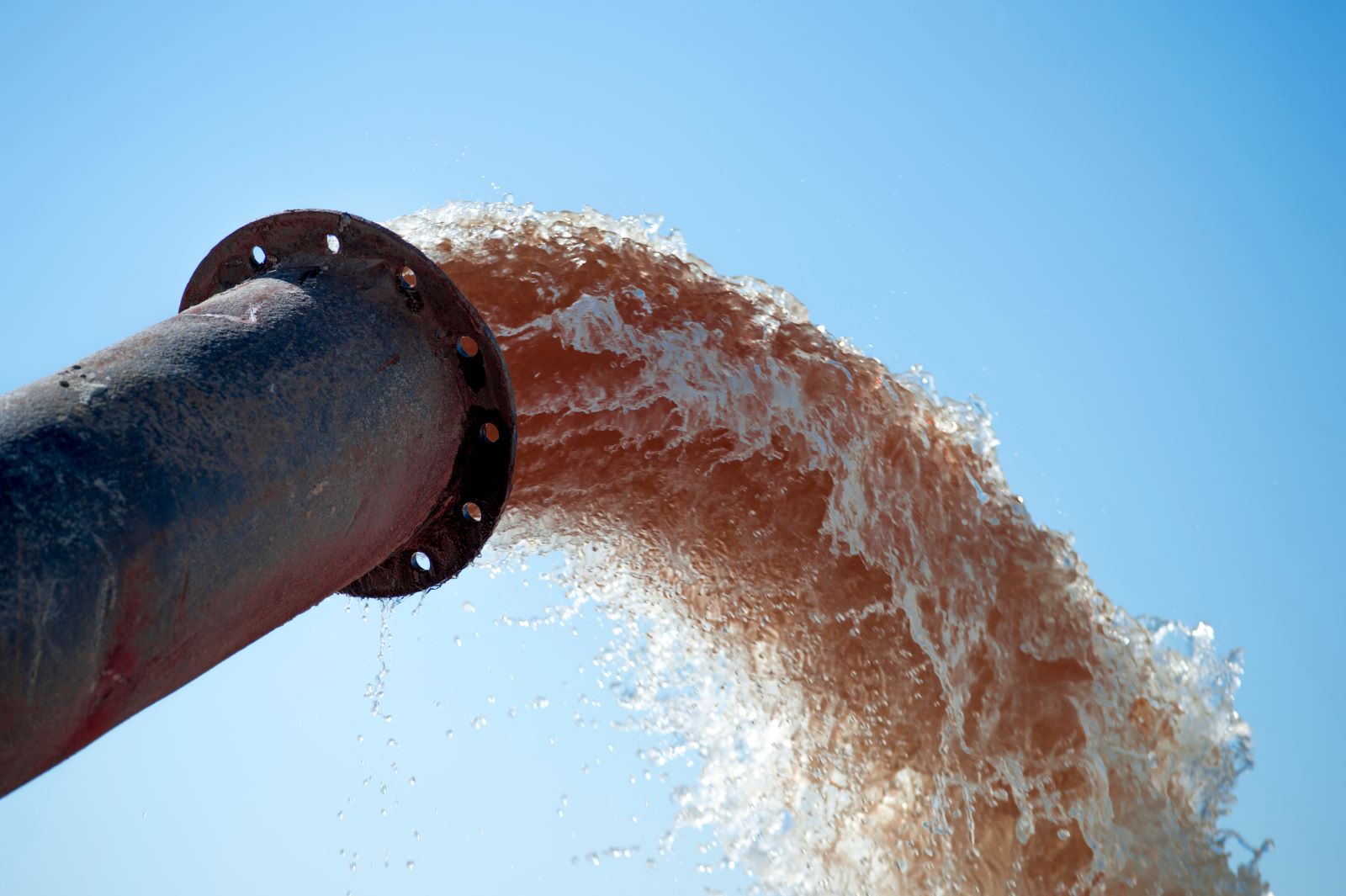
Image Credit: Shutterstock / Ostariyanov
The water from the 10,000-acre reservoir will store and send 120 billion gallons of fresh, clean water to the Everglades.
Functions of the Reservoir
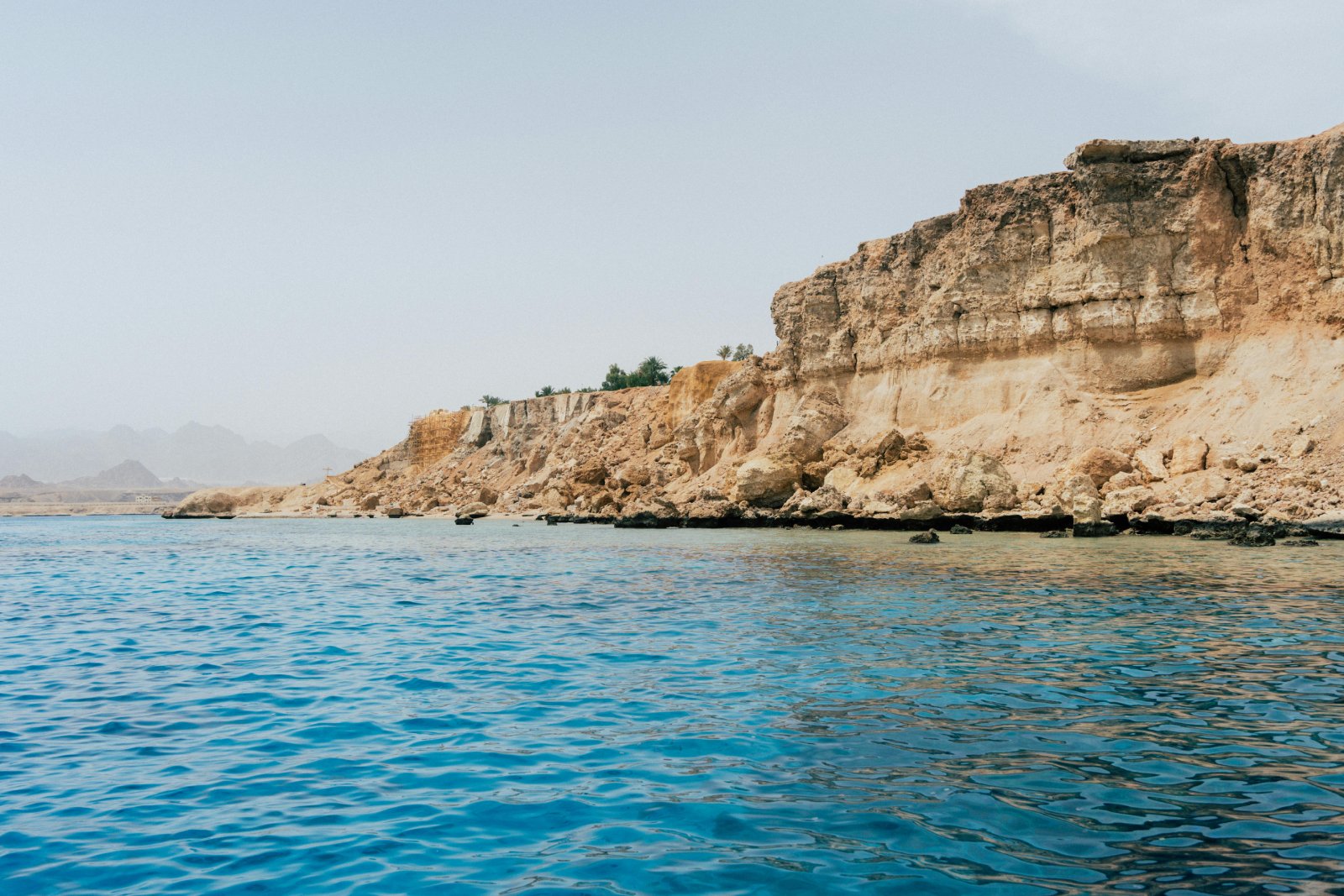
Image Credit: Pexel / İrem Türkkan
The massive reservoir will significantly help reduce pollution going into the coasts of Florida. Pollution can harm the ocean in many ways, including lowering the PH balance and risking the erosion of minerals.
Improve Habitual Conditions
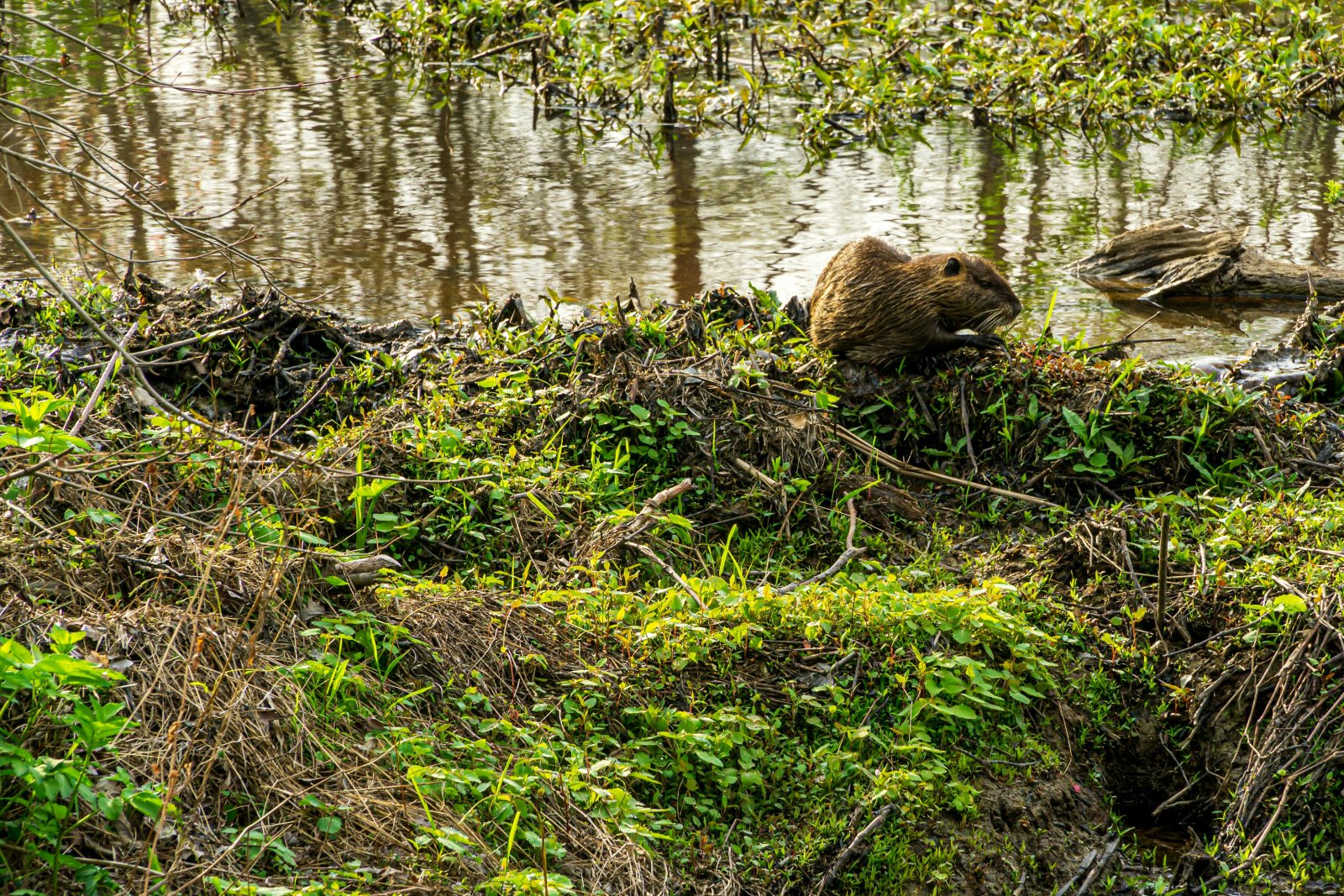
Image Credit: Pexel / Scott Younkin
At the same time, the reservoir will replenish and “improve habitat conditions” for the critters residing in the Everglades. Clean water coming from the reservoir will also maintain the soil quality.
Economic Benefits

Image Credit: Shutterstock / Africa Studio
According to the Everglades Foundation, the reservoir will continue improving Florida’s economy. Clean water will positively impact real estate and “improves water-based recreation.”
Progress Takes Time

Image Credit: Shutterstock / fizkes
According to Barry Rosen, a professor of Ecology and Environment at Florida Gulf Coast University said that “the reservoir won’t solve everything…” while it is an excellent addition to the natural environment for its benefits, Rosen said restoring the system could help it to “be more resilient.”
Everglades Crown Jewel

Image Credit: Shutterstock / Wasan Tita
The Everglades Foundation and everyone involved in building the reservoir look forward to accomplishing the ultimate goal. According to the foundation, the reservoir has been proudly named “the crown jewel of the Everglades restoration.”
Featured Image Credit: Shutterstock / Roberto Galan.
The images used are for illustrative purposes only and may not represent the actual people or places mentioned in the article.

